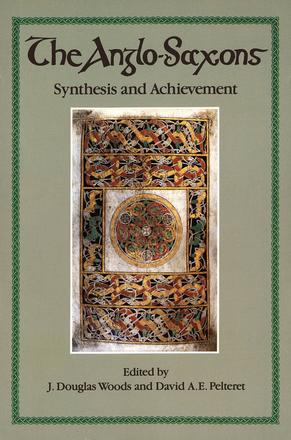
Description
The popular notion that sees the Anglo-Saxon era as “The Dark Ages” perhaps has tended to obscure for many people the creations and strengths of that time. This collection, in examining many aspects of pre-Norman Britain, helps to illuminate how Anglo-Saxon society contributed to the continuity of knowledge between the ancient world and the modern world. But as well, it posits a view of that society in its own distinctive terms to show how it developed as a synthesis of radically different cultures.
The Bayeux Tapestry is examined for its underlying political motivations; the study of Old English literature is extended to such works as laws, charters, apocryphal literature, saints’ lives and mythologies, and many of these are studied for the insight they provide into the social structures of the Anglo-Saxons. Other essays examine both the institution of slavery and the use of Germanic warrior terminology in Old Saxon as a contribution towards the descriptive analysis of that society’s social groupings. The book also presents a perspective on the Christian church that is usually overlooked by historians: that its existence was continuous and influential from Roman times, and that it was greatly affected by the Celtic Christian church long after the latter was thought to have disintegrated.